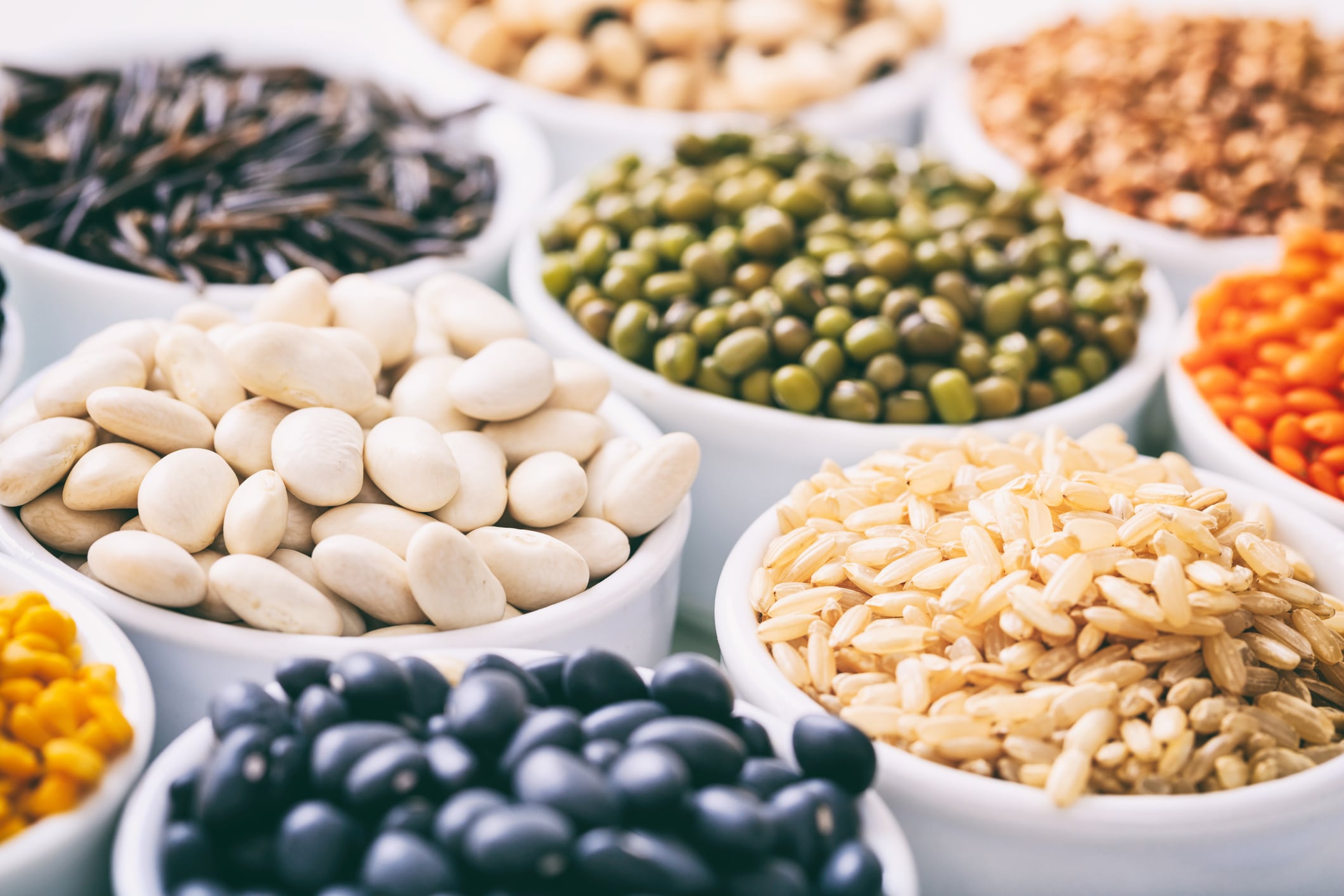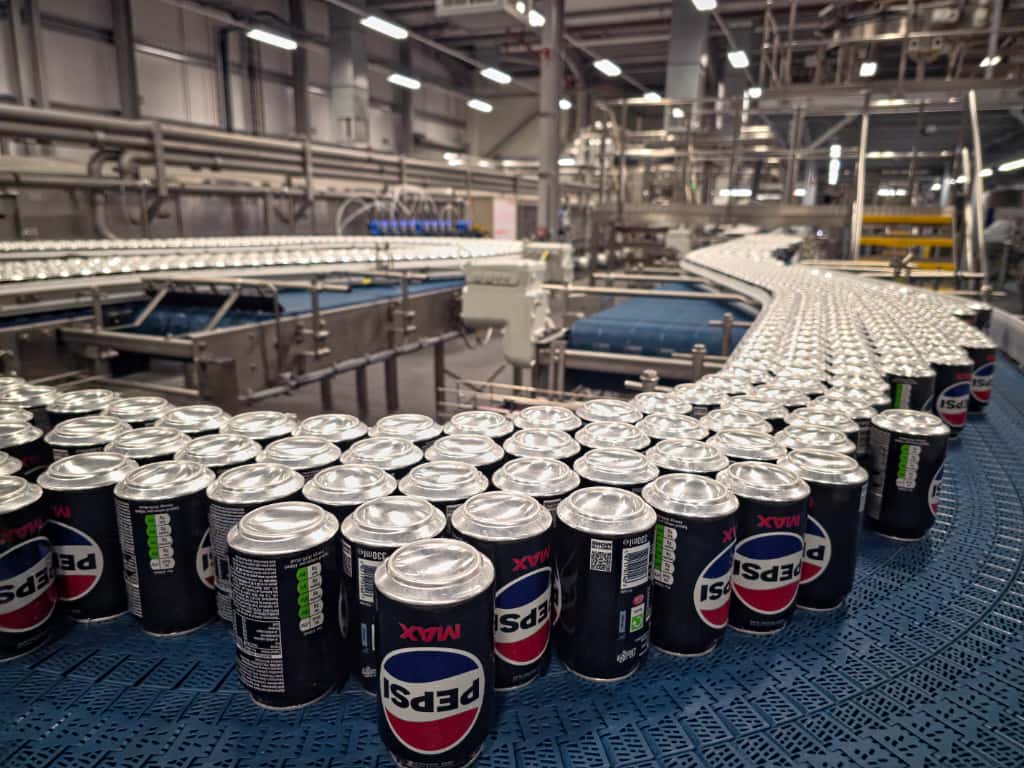However, the report stipulates that without replacing meat and dairy products with other nutrient-rich foods, it may worsen existing nutrient insufficiencies, particularly for young people.
It added that improvements are needed to the overall diets of children and young people alongside reductions to meat and dairy, which will lead to benefits to both health and planet.
The research, conducted by the University of Edinburgh using data from the 2024 Dietary Intake in Scotland’s Children Survey, found that 90% of children consume meat and 99.6% consume dairy.
The report then noted that if children are supported in cutting their meat and dairy consumption in line with recommendations from the Climate Change Committee – switching to suitable alternatives such as pulses, legumes, eggs, oily fish and plant-based meat and dairy alternatives – greenhouse gas emissions could be reduced by up to 28%.
Young people aged 11 to 15 could especially benefit from overall improvements to diet, as their diets are already low in some nutrients, the report continued.
Careful replacement strategies can help reduce risks, alongside wholescale improvements to diet to improve health and better support climate change ambitions.
Commenting on the research, Alana McDonald, senior public health nutritionist at Food Standards Scotland, said: “This research highlights how improving our diets overall can also contribute towards environmental sustainability.
“Meat and dairy are sources of several micronutrients for children and young people, particularly those in their teenage years who are already at risk of low intakes of calcium, iodine and zinc.”
McDonald then noted that any dietary changes should be made in order to bring the diets of children “closer to the Eatwell Guide”.
“We need to ensure that families, schools and policymakers are equipped with the right tools and guidance to support healthy, balanced diets - especially for those most at risk,” concluded McDonald.
Professor Lindsay Jaacks, chair of global health and nutrition at the University of Edinburgh, added: “Our modelling shows that it is possible to reduce meat and dairy consumption in line with climate targets, and this would have the added benefit of improving adherence to the Scottish Dietary Goals. However, in order to improve micronutrient intakes at the same time, healthy alternatives should be promoted alongside reductions in meat and dairy.
“To enable these shifts in what we eat, the broader food environment needs to change with healthy, sustainable options becoming more widely available, affordable, and convenient.”




